
Not knowing IOPs can make you a better clinician
With that in mind, there are several aspects of my own EHR software that I really appreciate over paper charts. Besides the fact that I can actually read what I wrote (or typed), one thing that I particularly enjoy is the fact that I am able to consistently look at a new patient’s optic nerves without knowing his or her intraocular pressure (IOP) values beforehand.
A couple of years ago at a continuing education conference, I was sitting in a practice management lecture when the lecturer asked for a show of hands for all those who had purchased electronic health record (EHR) software as of yet.
Nearly all those in attendance raised a hand. Then, he asked for a show of hands for all those who were happy with their EHR. The show of hands was essentially the polar opposite.
More from Dr. Casella:
With that in mind, there are several aspects of my own EHR software that I really appreciate over paper charts. Besides the fact that I can actually read what I wrote (or typed), one thing that I particularly enjoy is the fact that I am able to consistently look at a new patient’s optic nerves without knowing his or her intraocular pressure (IOP) values beforehand.
I’ve been aware of this concept since optometry school and residency, but I was unable to consistently practice it until my father and I decided to make the transition to EHR several years back.
With paper records, my assistant would simply hand me a new patient’s chart, and I would briefly look it over before seeing the patient (including IOPs at the bottom of the front page).
Now, I am able to look at a new patient’s chief complaint and medical history before a comprehensive examination without having IOPs staring me in the face. Rather, I would have to actively tab over in my EHR software to see IOPs. This makes it a lot easier for me not to “cheat” before seeing a new patient, especially one who has been referred in for a glaucoma consultation.
Why not knowing works
Take this first scenario into consideration: a young myopic patient who presents with low IOPs but suspicious optic nerves. It may be easy for a clinician to convince himself that the optic nerves of a young patient whose IOPs are 14mm Hg are fine.
Of course, the potential lurking variables are almost too many to count. At what time of day was the IOP measured? What do the angles look like via gonioscopy? Is the patient spiking at other times during the day or night? Is the patient taking something systemically, such as an oral beta blocker, which could potentially mask ocular hypertension? What are the sizes of the optic discs? Was the patient on a steroid for a long period of time before discontinuing? These questions all seem readily apparent in the moment.
However, on the run and in the trenches of clinical life, it may become far too easy to just write something off as normal and move on.
More from Dr. Casella:
Now, let’s consider scenario number two: a middle-aged patient who presents with IOPs in the upper 20s and small optic cups. The patient’s optic nerves may be completely non-glaucomatous. Yet, a clinician may be lulled into a false positive diagnosis, especially on a busy day.
The same questions (and more) exist as in scenario number one, and this particular scenario is a big reason why I do not like to be overbooked around a patient who has glaucoma or is a glaucoma suspect (or at all, for that matter).
One IOP measurement does not a diagnosis make. Further, IOPs would have to be pretty high (higher than the upper twenties) for me to recommend pulling the trigger and treating without any frank signs of glaucoma. That is why we have separate diagnosis codes for “glaucoma suspect” and “ocular hypertension.
Now, I’m not saying that the practice of looking at optic nerves without knowing IOPs beforehand should serve as an absolute rule in the lexicon of glaucoma. However, it has served a good and meaningful purpose for me by allowing me to evaluate optic nerves with little or no pre-conceived notions. I appreciate this because dealing with glaucoma patients is how I spend the majority of my clinical day.
In the age of spectral domain optical coherence tomography (SD-OCT), we are able to quantify ganglion cell dropout and its corresponding retinal nerve fiber layer thinning down to just a few microns. This high degree of measurement is the most significant mainstream advancement in the field of glaucoma since I have been in practice.
However, I fear that actually examining the optic nerve and its surrounding structures stereoscopically may be in danger of becoming a lost art. Further, it should be mentioned that the complex algorithms and progression software that exist with newer SD-OCT technology were written by humans actually looking at optic nerves.
Newsletter
Want more insights like this? Subscribe to Optometry Times and get clinical pearls and practice tips delivered straight to your inbox.





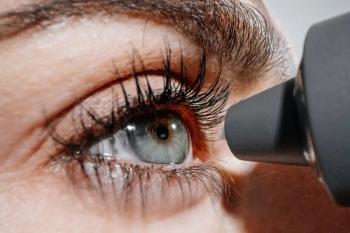


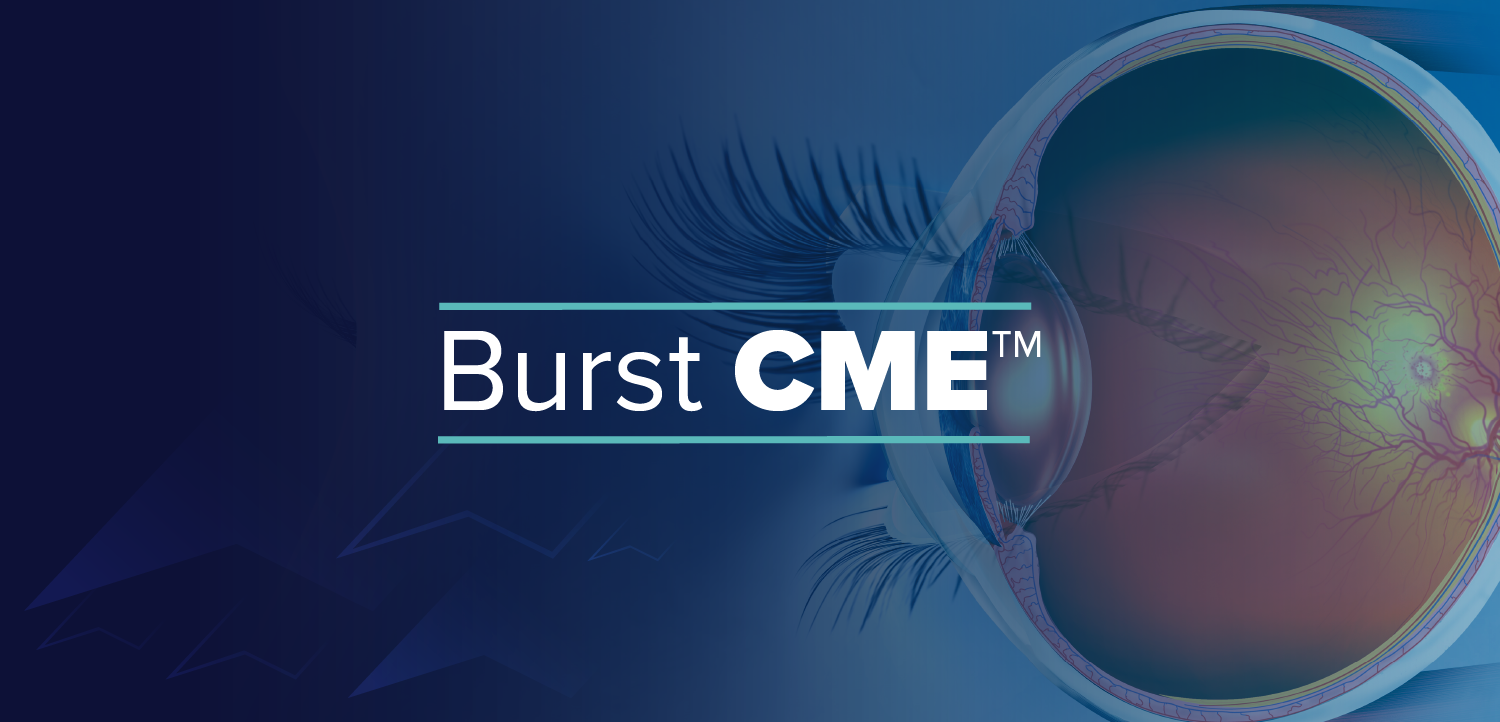























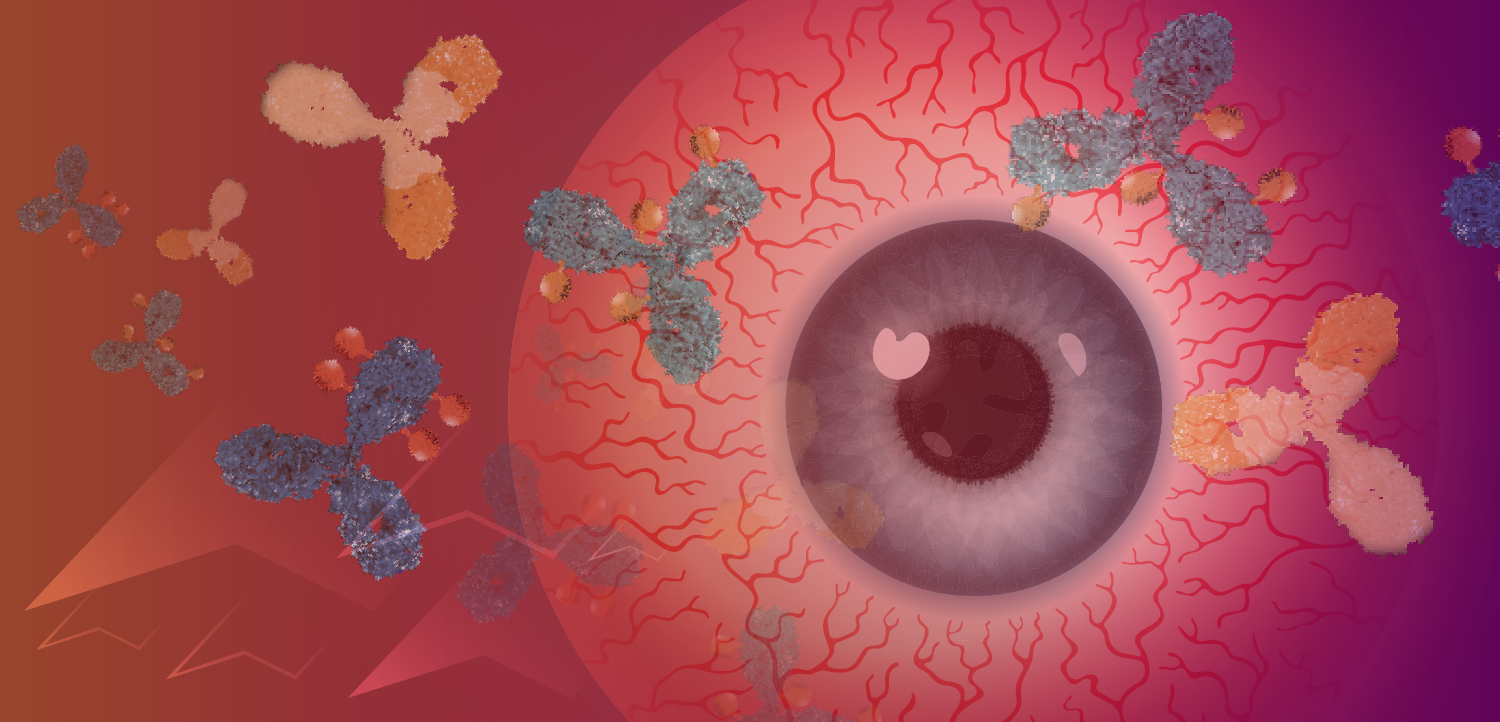
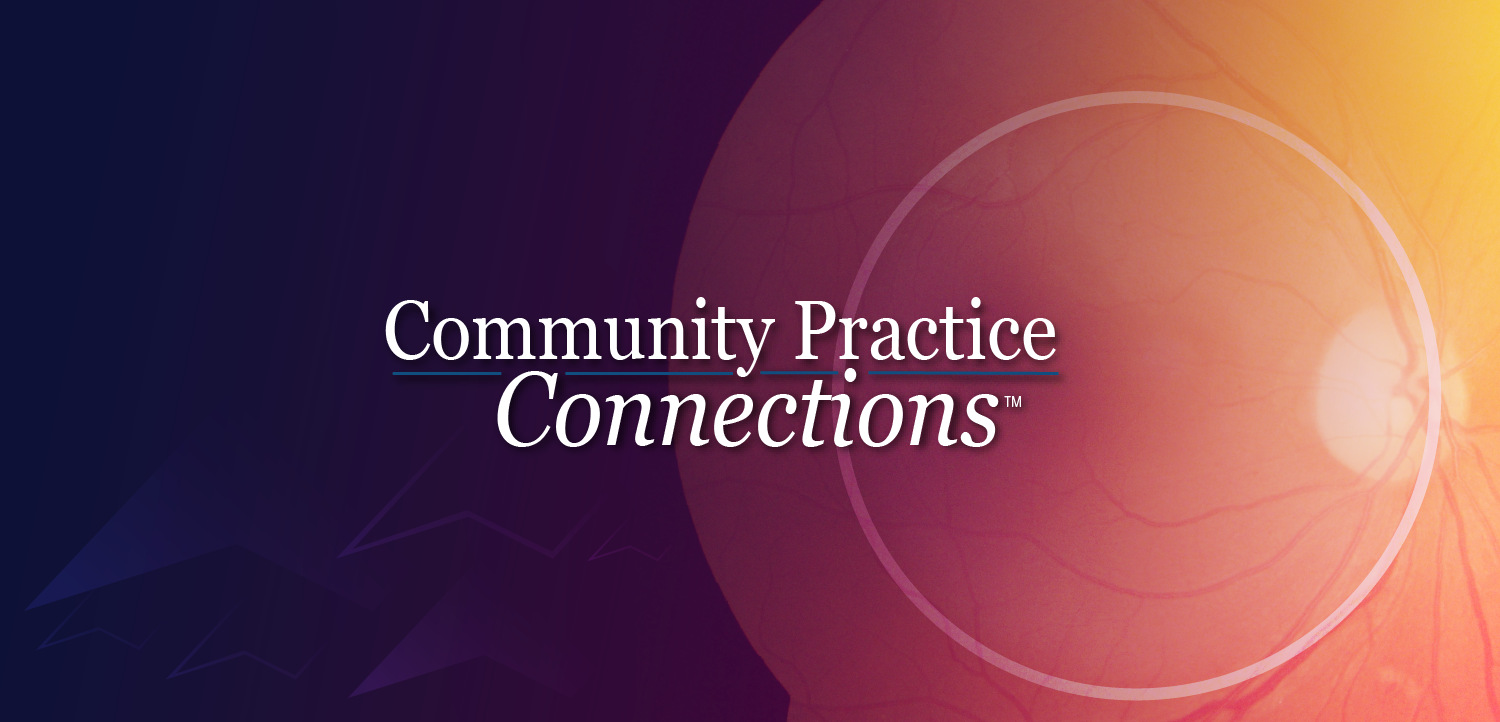

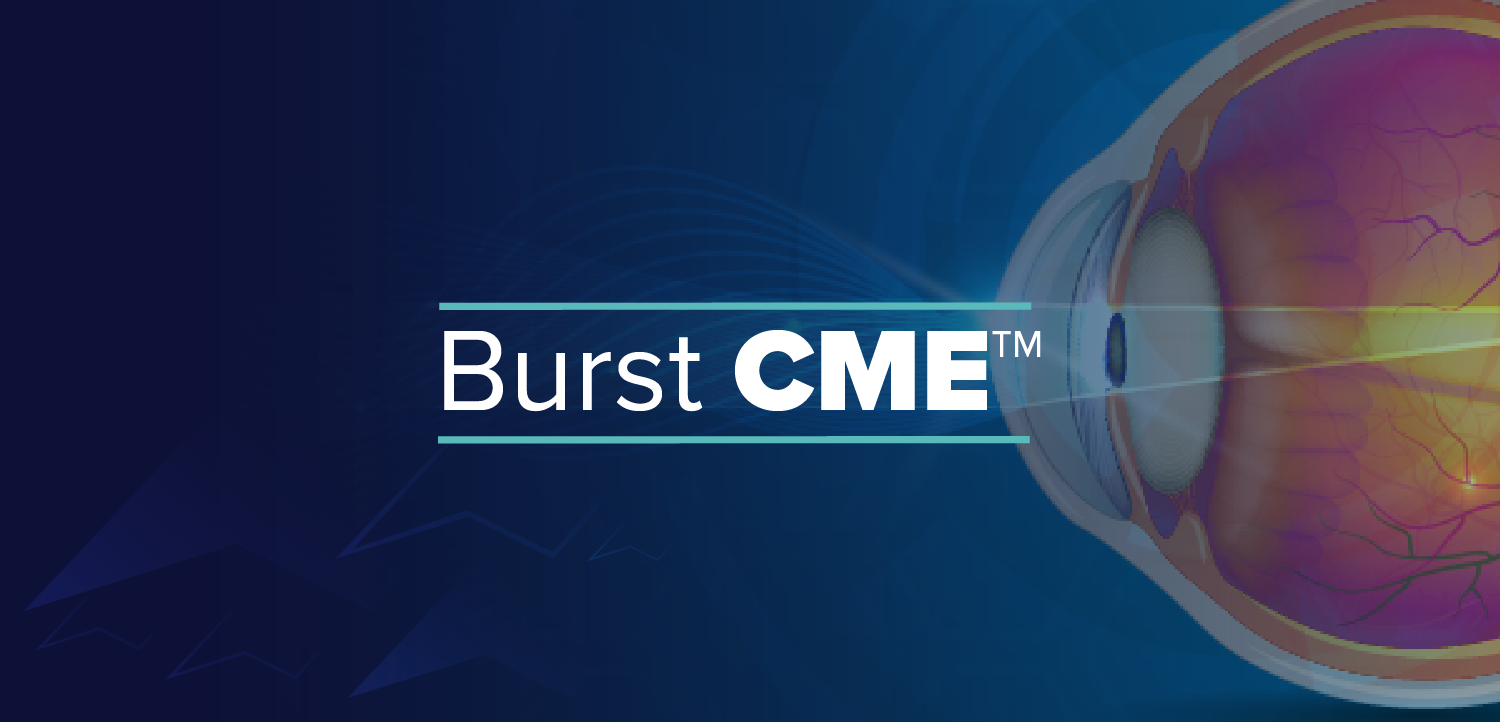















.png)


